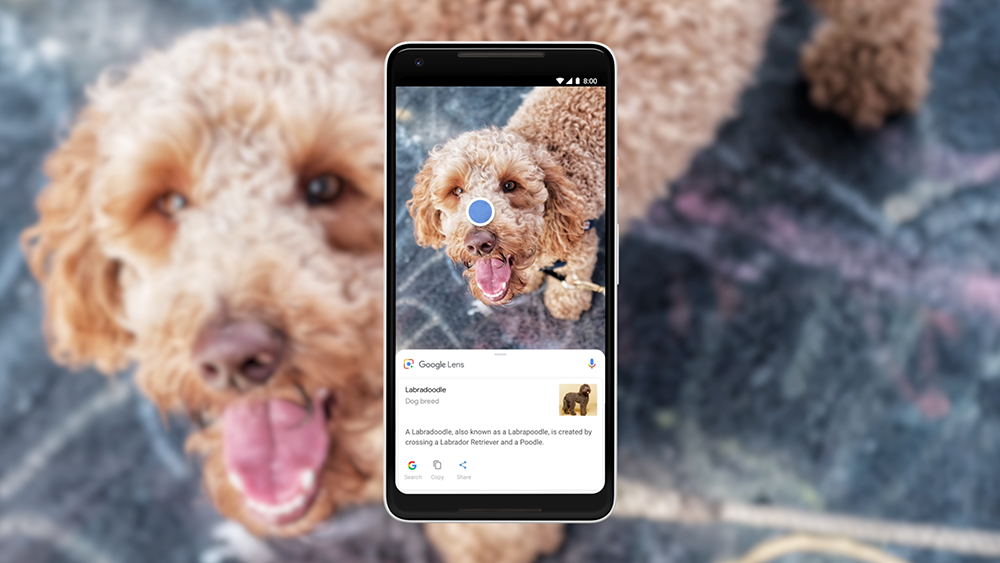
7 TECHNOLOGICAL TRENDS THAT ARE GOING TO DISRUPT TRADITIONAL DIGITAL MARKETING
Digital marketing has become an integral part of the business world, and technological trends continuously shape the strategies for reaching target customers. Making most of the social media marketing campaigns, offering chatbot and virtual assistant services, data analytics, and a cookie less future are key technology trends that will disrupt traditional digital marketing.
However, with evolving technologies, tools, and algorithm updates, it can take time to determine what digital marketing trend to follow to boost brand awareness and customer engagement.
In this post, we have listed 7 major technological trends on which businesses can focus their marketing efforts to accelerate their growth.
- Chatbots and conversational AI
- Voice search
- Data Analytics
- Visual Search
- Real-time messaging platforms
- The Metaverse
- A Cookie-less future
As per the State of Conversational Marketing report of Drift, around 42% of consumers use chatbots and conversational AI when making purchases. Yet, many business owners surveyed said that they don’t use this technology. However, chatbots and conversational AI solutions can answer customers’ basic questions in different languages at all hours of the day and even at night.
Whizard API is one of the leading conversational AI platforms. The platform provides businesses an integrated platform to acquire, engage and service their customers to connect globally through their WhatsApp API.
For instance, the WhatsApp Business API facilitates business connections with clients worldwide, making it easier and safer for you to interact with your target audience on WhatsApp.
Vice President of Marketing at Lumen Technologies, Joey Penick, said, “Businesses can use conversational AI solutions for customer support which can further help in expanding contact strategy significantly with a controlled message. These chatbots have emerged as a crucial technological trend that enables businesses to gather, analyze, and provide actionable data for improving customer experience.”

Voice-activated digital assistants have come across considerable sellers in the market. When talking realistically, many households these days speak to their virtual assistants like Siri or Alexa more than their family or friends.
The dramatic popularity of voice search assistants on phones and homes has led to a significant shift in using keywords. Just think about it; whenever you type a search into a search engine like Google, you phrase it differently than you use it for Alexa. For instance, when searching for a nearby café, you might type “café nearby my neighborhood” into Google. Instead, you might ask Siri, “where is the closest café.”
Therefore, whenever framing content for your products, consider using keywords based on questions asked by people from voice search assistants. It will boost your visibility as voice search is here to stay.

Cutis Tingle, senior vice president of product for Valassis- an intelligent media delivery company, said, “most brands are prioritizing data analytics; however, marketers still have a way to go. Marketers must learn how to better use the collected data in this digital age.” Now, customers are constantly sharing their details with the companies they are engaging with. They want some return in the form of either personalized ads or targeted deals.
Therefore, marketers must gather scalable and flexible data sets and invest in edge computing for faster data analysis. Also, the business world will witness the growing use of machine learning-driven solutions for better data analytics and decision-making.

With evolving technology, users will now not need to type a description into Google; instead, they can upload an image and get information about a particular item from its picture. For instance, by uploading a plant’s photo, the search will present information about the plant’s species, and a landmark image can equip the user with historical data.
A user searching using a product image on Google Lens or Pinterest Lens can get similar products and details about where to buy them. For example, a business can leverage visual search by adding high-quality images of their products tagged with relevant keywords or introducing image search into their online inventory and advertising the platform.

Real-time messaging platforms are an excellent way to reach targeted customers. However, in this age of instant gratification, businesses need to use every possible strategy and platform to provide prospects with as much information as possible. Now that companies are looking for ways to engage more and give better customer interactions, you can witness more real-time messaging platforms in the coming years.
The metaverse is a blend of virtual reality (VR), augmented reality (AR), and artificial intelligence (AI), creating a new 3D immersive experience where the user blurs the real world with the digital world.
For instance, many gaming platforms allow users to create their avatars, allowing them to feel extraordinary experiences without living as them. Moreover, it has led to a new term in the business world, “gamevertising,” where marketers use gaming to advertise the company’s products.
More and more brands are tapping into the vast, immersive and highly interactive experiences that Metaverse has to offer to increase their chances of making a mark in this new realm of the digital world.

In these last two years, plenty of complaints about the violation of privacy due to data collection techniques were recorded. To remedy this situation, Google has come up with a cookie less future, slated to appear next year.
Near the end of 2022, Google has decided to roll out new technologies advertising the test cookie phase-out. While cookies now run off customer-provided details, cookie alternatives will need troves of quality first-party data to succeed.

These technological trends may disrupt traditional digital marketing in 2022 and beyond. However, it doesn’t mean businesses need to immediately drop their current marketing strategies and switch to using advanced technology for marketing their brands effectively.
With the constantly changing digital world, it is essential for business owners to keep their eyes open all the time to see the latest technological trends and then adopt them for a smooth business transition to advanced digitization.

